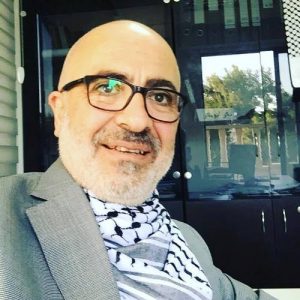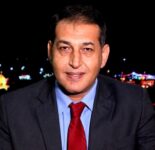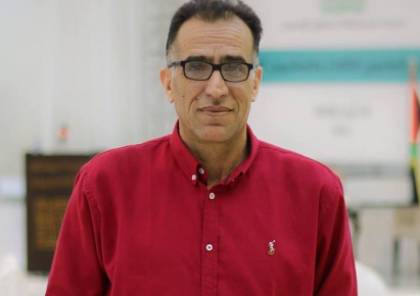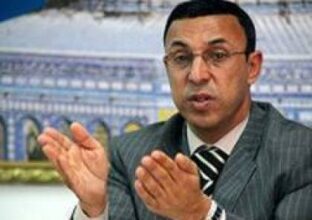Gateways to the Bantustans: ‘Palestinostan’
Al-Khamisa News Network - Gaza
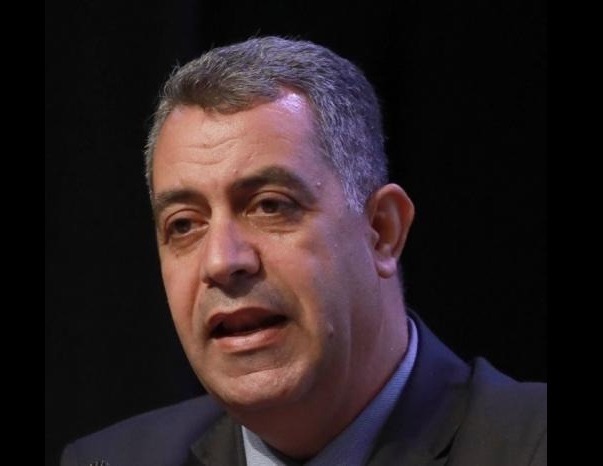
Author: Jihad Harb
The Israeli government is undermining — or attempting to undermine — Palestinian life by placing them in isolated enclaves of their own (the “Palestinistan” enclaves) through installing gates at the entrances to their towns, villages and hamlets that control the details of their daily lives, restrict their movement to specific times and limited areas, bar them from moving through much of the West Bank (especially access to Jerusalem), force them onto long, unpaved detours, and shorten their days by setting gate closing times. The gates erected at the entrances to Palestinian towns, villages and communities number around 910 so far — roughly double the number of Palestinian local bodies and councils (estimated at 478 local bodies).
This Palestinistan policy is one link in the chain of Israeli apartheid: classifying Palestinians, dictating where they may live, and dispossessing them of their land by preventing access to their land and by forbidding or controlling construction, as occurs in Area C. At the same time, settlers are allowed to build, control and access land with the protection of the Israeli army, which enables assaults on Palestinians within the Palestinistan enclaves.
Responding to this policy requires Palestinians to act wisely, bravely and strategically through the mechanisms of popular resistance that Palestinians have developed throughout their long history and in the modern era. On an international level capable of understanding the suffering and its impact on humanity, changing the means, tools and expressions of resistance is important for advancing the national struggle. Unlike negotiations and armed struggle, this form of struggle needs organizing platforms able to raise public awareness and to coordinate political and social forces and frameworks, as well as creative spaces to produce activities suited to each confrontation and matched to the capacities of residents at each site. Such platforms both outline the contours of confrontation and harness all available capabilities across sectors of Palestinian society;
fighters are not limited to militants but include all citizens — the farmer, the industrial worker, the medical professional, the poet, the singer, the writer, the actor… and every creative person — to reinforce steadfastness, develop tools of popular resistance to preserve Palestine and keep alive the hope for a state, and to prevent the entrenchment of the Palestinistan enclaves.
In my view, Palestinians must abandon the state of helplessness that has afflicted them over the past two years; they must stop relying solely on appeals to God without action; they must stop shedding tears and instead restore the pulse to create life; they must stop merely recording memories and instead write bright pages with their hands, minds and deeds.
Mobilizing energies for popular resistance requires creativity in the forms of struggle. Let those gates become sites of large gatherings from which various popular activities — theatrical and musical — are launched to demonstrate political resistance to the Palestinistan enclaves imposed by the Israelis on Palestinian life. Such actions do not always require direct clashes with occupation soldiers but rather a broad popular presence at and around the gates. Creativity here is not only about massing people but about the tools capable of mobilizing first, exposing the flaws of colonial policies second, and providing space for people to propose and act third.

